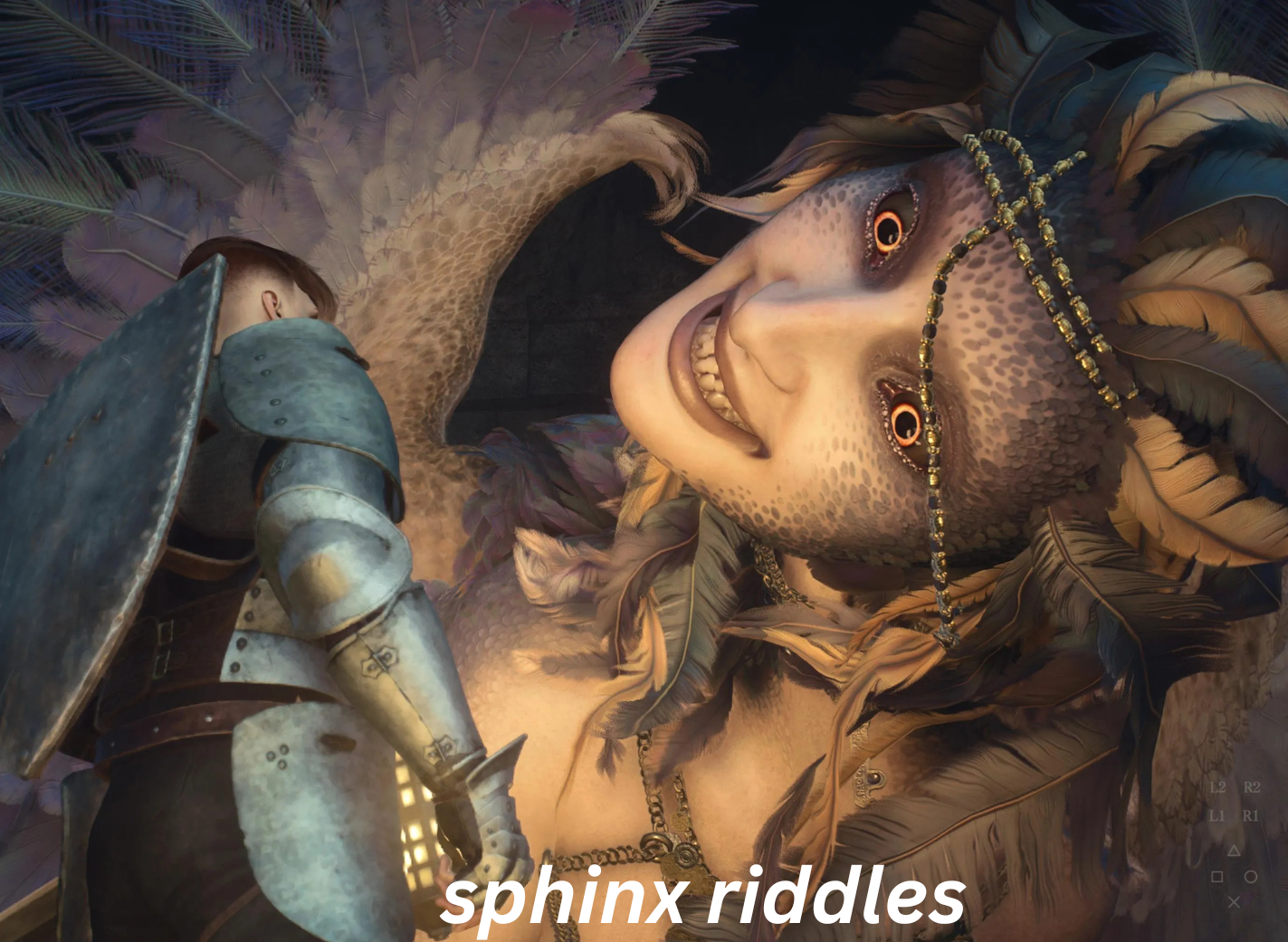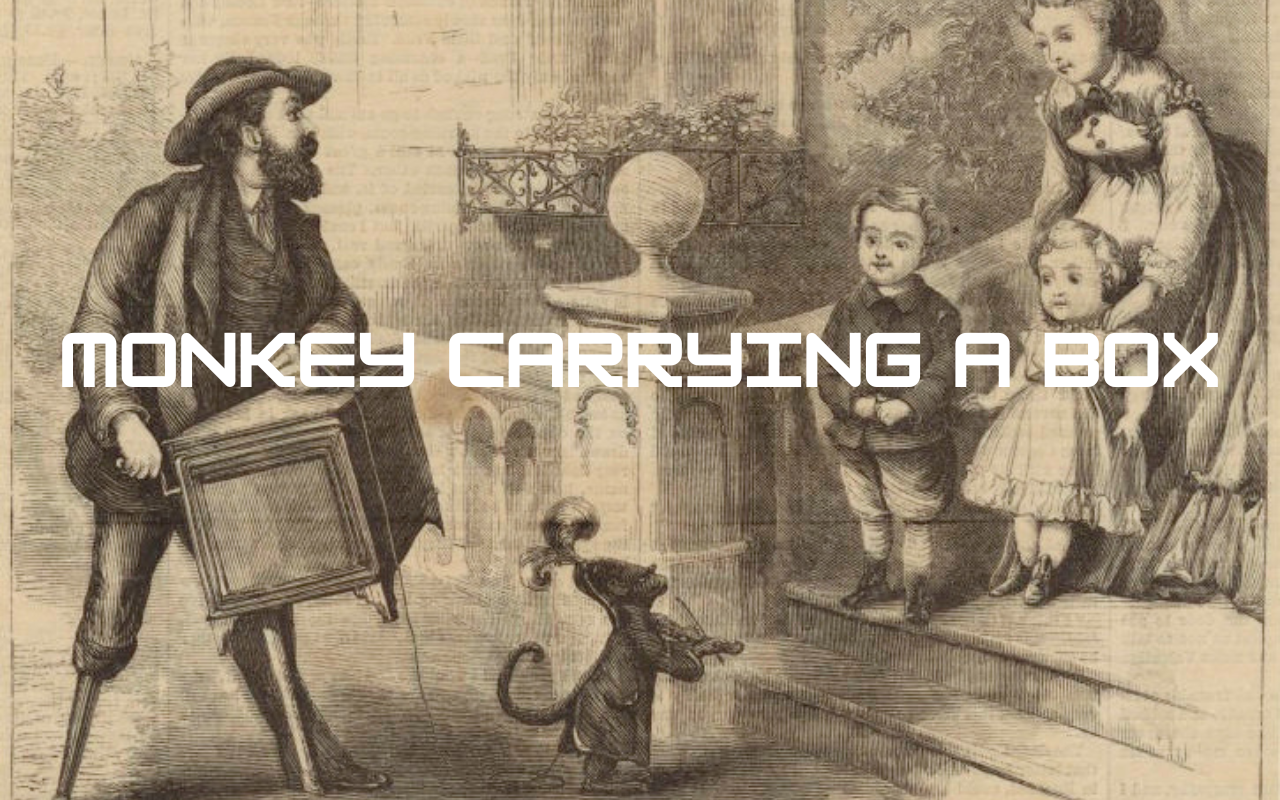Sphinx Riddles Unlocking the Mysteries of Ancient Wisdom
The Sphinx, one of the most iconic and enigmatic figures of ancient Egypt, has long fascinated people with its imposing presence and the riddles it posed to unsuspecting travelers. With the body of a lion and the head of a human, the Sphinx stands as a symbol of mystery and wisdom. But it’s the riddles associated with the Sphinx that have captivated the minds of historians, philosophers, and storytellers for millennia. This article explores the origins, significance, and impact of the famous Sphinx riddles.
The Origins of the Sphinx Riddles
The Sphinx, constructed during the reign of Pharaoh Khafre in the Old Kingdom period of ancient Egypt, has served as a protector of sacred spaces, especially tombs and temples. The massive statue, located near the Great Pyramids of Giza, symbolizes the power and wisdom of the Pharaohs. According to Egyptian mythology, the Sphinx was more than just a statue—it was believed to have a divine connection, serving as a guardian that protected the knowledge and sacred truths of the time.
The use of riddles in ancient Egyptian culture dates back to early times, with riddles being a form of intellectual exercise. They were meant to test the wisdom of individuals and were often posed by deities or supernatural beings. The concept of riddles as a gateway to wisdom was deeply ingrained in Egyptian traditions. They served not only as a means of entertainment but also as a method to impart lessons in critical thinking and morality. In the case of the Sphinx, it wasn’t just the size and majesty of the statue that captured attention—it was the challenges it posed through its riddles, which became a rite of passage for those seeking enlightenment.
Riddles, in the context of Egyptian mythology, represented a form of intellectual and spiritual testing. While the Sphinx’s riddle wasn’t the only one in Egyptian culture, it became one of the most famous due to its association with the myth of Oedipus in Greek mythology. The riddle posed by the Sphinx in this myth remains a powerful symbol of human intellectual struggle and the pursuit of knowledge.
The Famous Sphinx Riddle of Oedipus
The most famous Sphinx riddle comes from the myth of Oedipus, a figure from Greek mythology who encountered the Sphinx during his journey to Thebes. The Sphinx, terrorizing the city, would ask travelers a riddle: “What walks on four legs in the morning, two legs at noon, and three legs in the evening?” Anyone who failed to answer the riddle was killed by the Sphinx. When Oedipus arrived, he was confronted by the same challenge.
The key to solving the riddle lies in recognizing the stages of human life. In the morning of life, a human crawls on all fours as an infant. During the prime of life, symbolized as noon, a human walks on two legs. In the evening, representing old age, a human uses a cane, symbolizing the third “leg.” Oedipus’s solution to the riddle was correct, and as a result, the Sphinx was defeated, ending her reign of terror over Thebes. This myth not only reflects the wisdom of Oedipus but also serves as a metaphor for the cycle of life, emphasizing the inevitability of aging and death.
The Sphinx’s riddle serves a dual purpose in this myth—it challenges the intellect of those who face it, but it also imparts a deeper lesson about the transient nature of human life. The riddle’s answer is a reflection of the human experience: we are born, we live, and we grow old. This philosophical undertone is what has made the riddle so enduring, continuing to resonate across cultures and eras.
The Symbolism and Themes of Sphinx Riddles

The Sphinx’s riddle is more than just a test of intelligence; it carries profound symbolism that speaks to the human condition. The riddle is a metaphor for life’s cyclical nature. The imagery of crawling, walking, and using a cane conveys the stages of human existence, emphasizing the inevitability of change. This reflection on aging, growth, and mortality is not unique to Greek mythology—it has parallels in Egyptian thought as well.
In ancient Egypt, the Sphinx was associated with the god Horus, the god of the sun and kingship, who was often depicted as a protector. The Sphinx, standing as a guardian of sacred knowledge, reinforced the belief that wisdom could be attained through understanding life’s mysteries, including the riddle of existence itself. The riddle itself, by testing the mind and encouraging deeper reflection on human life, invites individuals to engage with these deeper truths.
Furthermore, the Sphinx’s challenge represents a test of wisdom, logic, and the ability to think critically about the nature of life and death. As one of the ancient world’s most revered guardians, the Sphinx embodies the journey of enlightenment: the pursuit of knowledge, understanding of self, and recognition of the fleeting nature of time. The symbolism of the Sphinx is thus not limited to its physical form but extends to the intellectual and spiritual challenges it poses.
Over time, the riddle has been interpreted in various ways, depending on cultural context. In modern times, it still serves as a reminder of life’s passage and the importance of embracing each stage with wisdom and understanding.
Sphinx Riddles in Popular Culture and Literature
The Sphinx riddle has made its way into popular culture, literature, and even modern media. Perhaps the most notable adaptation is Sophocles’ Oedipus Rex, where the riddle plays a pivotal role in the tragic hero’s fate. The riddle’s resolution marks a turning point in the story and serves as a catalyst for the unfolding events in the myth of Oedipus. In this way, the riddle transcends its original context to become a universal symbol of intellectual challenge and existential reflection.
Beyond classical literature, the Sphinx riddle has appeared in modern films, books, and video games. From detective novels to fantasy epics, the idea of solving riddles or facing challenges posed by enigmatic guardians has been a staple of storytelling. For instance, in Harry Potter and the Goblet of Fire, the characters face riddles as part of their trials, reflecting the ongoing influence of the Sphinx’s legacy in contemporary narratives.
The riddle has also appeared in modern media in a more abstract sense, often symbolizing the quest for deeper knowledge or enlightenment. In many contemporary stories, riddles challenge characters not just to think logically, but to understand themselves and their place in the world. This connection to the Sphinx’s ancient wisdom underscores the timeless appeal of the riddle as a vehicle for intellectual and personal growth.
Conclusion
The Sphinx and its riddle have had a profound and lasting impact on both ancient and modern cultures. From its origins in Egyptian mythology as a guardian of sacred wisdom to its central role in the myth of Oedipus, the Sphinx riddle serves as a powerful symbol of intellectual and spiritual challenges. Its emphasis on the stages of human life, the passage of time, and the pursuit of wisdom continues to resonate across generations.
In a world that is constantly evolving, the Sphinx riddle reminds us to reflect on our own journey, to question the meaning of existence, and to embrace the cycles of life. As we continue to encounter riddles—whether in literature, philosophy, or daily life—we are reminded of the enduring legacy of the Sphinx and its timeless quest for knowledge.
FAQs
What is the most famous Sphinx riddle?
The most famous Sphinx riddle is the one asked by the Sphinx to Oedipus: “What walks on four legs in the morning, two legs at noon, and three legs in the evening?”
What does the Sphinx riddle represent?
The riddle represents the stages of human life: infancy (crawling), adulthood (walking), and old age (using a cane).
Why did the Sphinx pose riddles to travelers?
The Sphinx posed riddles to travelers as a test of intelligence. Anyone who could not answer was killed.
How did Oedipus solve the Sphinx’s riddle?
Oedipus solved the riddle by recognizing that it referred to the stages of human life.
What is the symbolism of the Sphinx in ancient cultures?
The Sphinx symbolizes wisdom, protection, and the guardianship of sacred knowledge.
You May Also Read: https://otswroldtime.com/moo-business-cards/













Post Comment